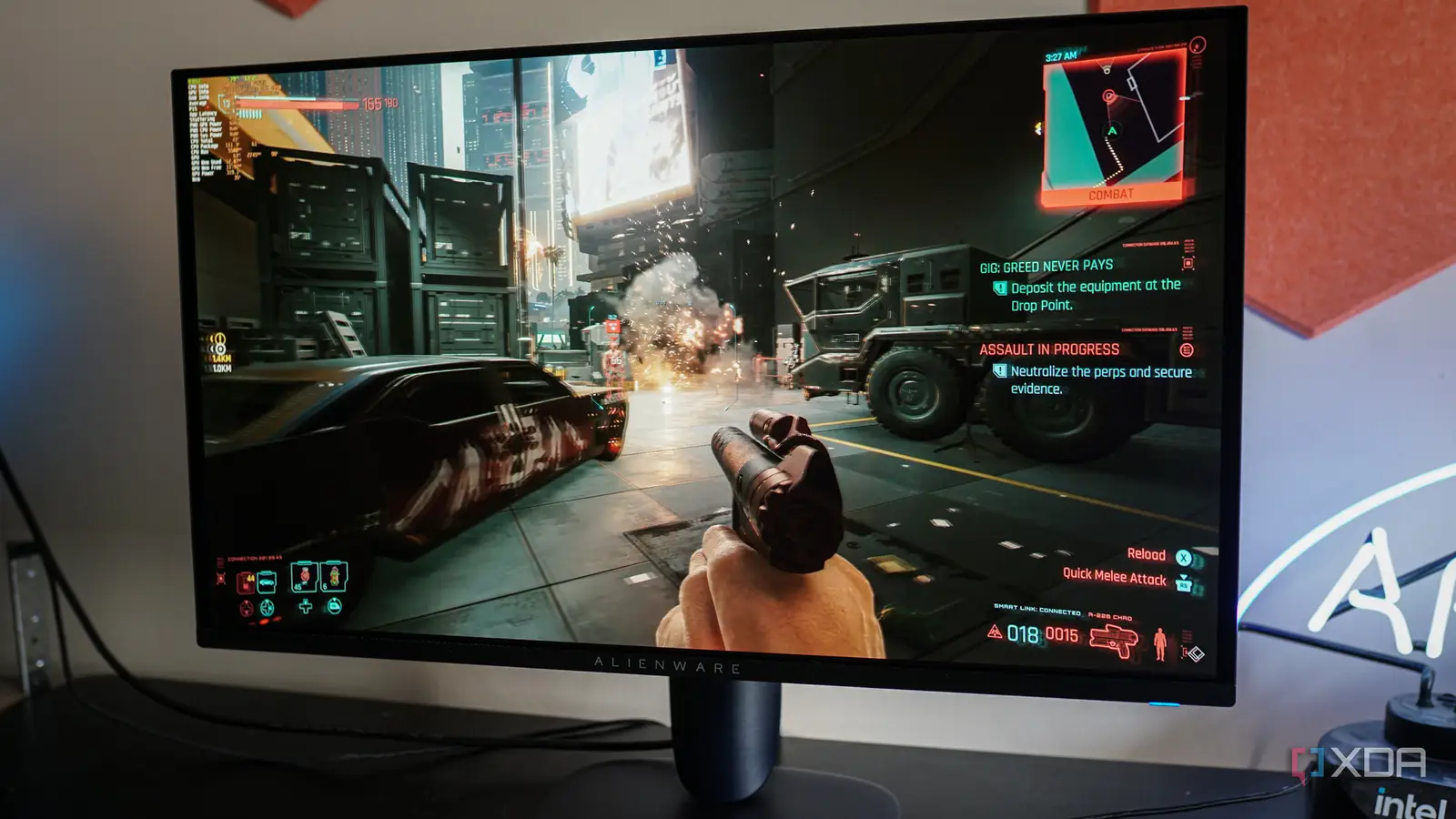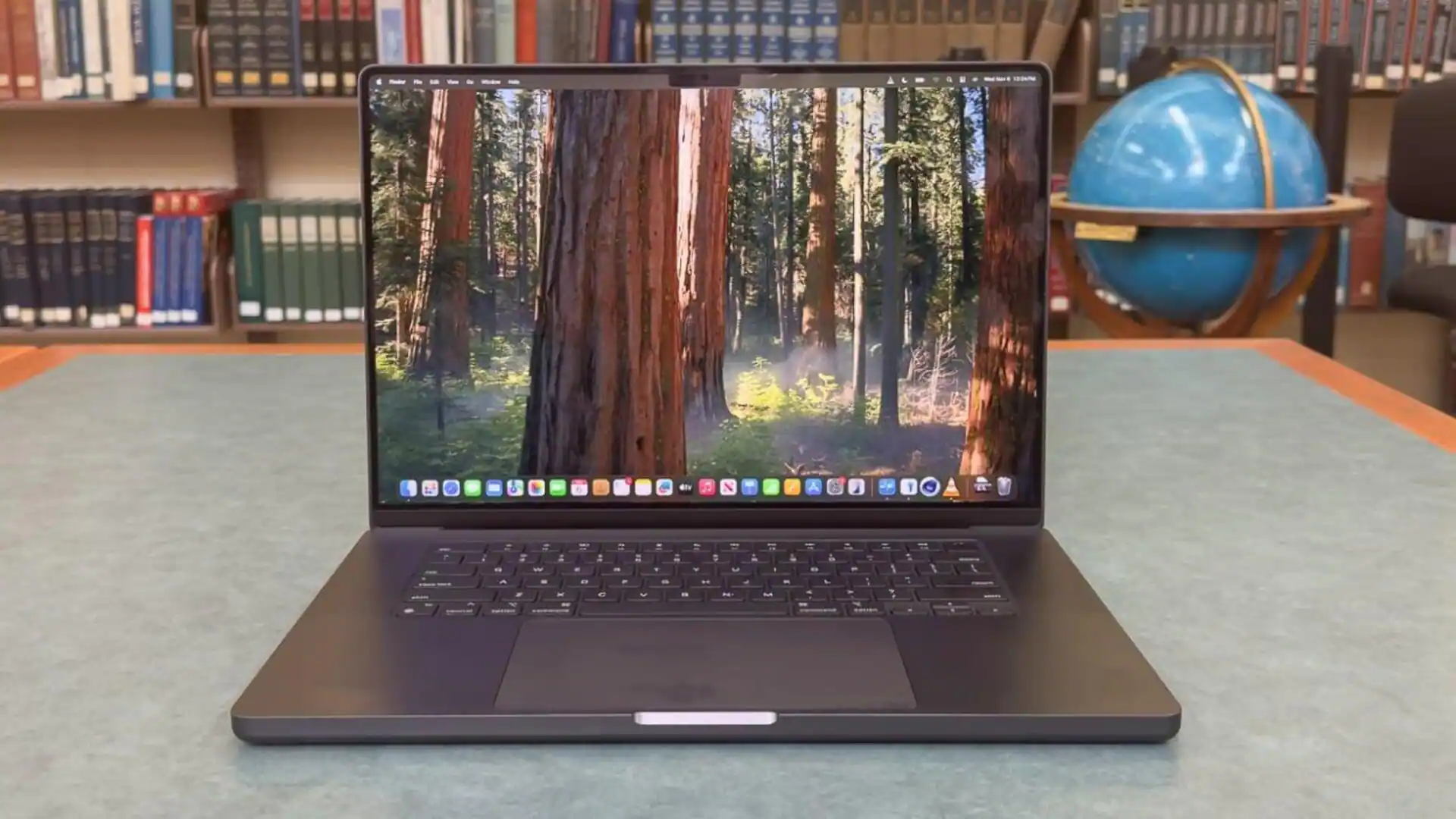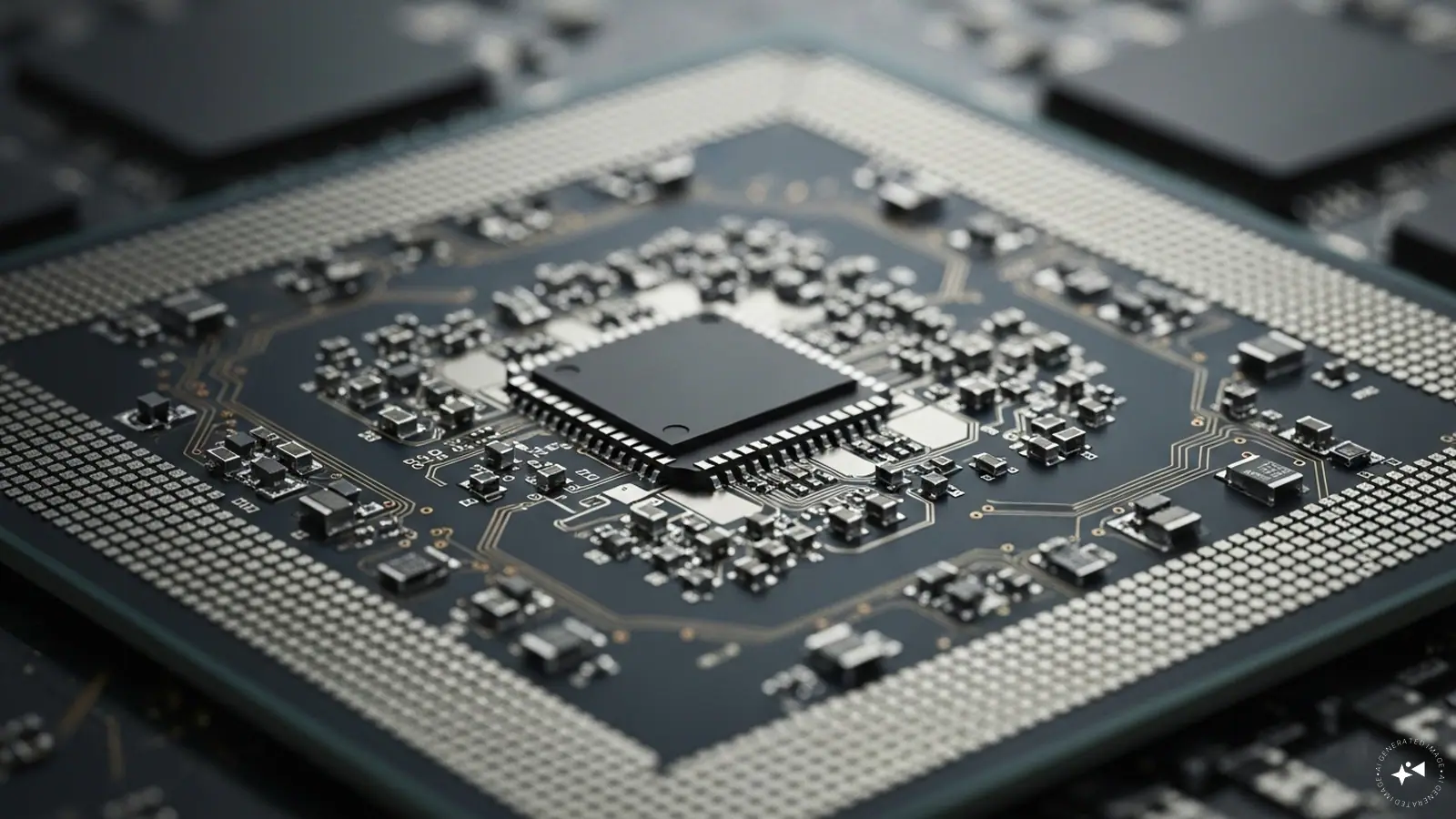
Ever since OLED panels arrived on gaming monitors, the community has been waiting for affordable models to finally enjoy “peak gaming,” so to speak. From first-generation OLEDs priced well above $1,000 to recent offerings with $700–$800 price tags, OLED monitors are slowly but surely shedding their luxury image. We’re now seeing tandem OLED monitors launching for around $500, with new OLED manufacturing technologies hinting toward even cheaper OLEDs next year.
New models are already launching for as low as $500
Including advanced 4th Gen WOLEDs
This year saw multiple hotly anticipated 4th Gen WOLED monitors make it to the market. While Asus debuted its XG27AQWMG for $700, Gigabyte announced the MO27Q28G for just $500. This brings 1440p 27″ 280Hz WOLED monitors with primary RGB tandem OLED panels and a TrueBlack 500 rating to a price I don’t recall having seen before. And remember, this is the launch price, so things will only get better from here. I’d recommend waiting for deals if you have your eye on one of these latest WOLED displays.
Tandem OLED technology improves on the brightness of 3rd Gen WOLED models while improving the longevity, power efficiency, and color gamut coverage as well. This also makes these next-gen WOLEDs significantly more impressive than QD-OLED displays in most areas. The fact that we’re seeing these models launch for as low as $500 should be great news for people waiting to upgrade from their IPS or VA panels.
I reckon 2026 will see many more tandem OLED panels make it to the market, and the increased competition might even see prices fall to the $400–$450 range.
More panel manufacturers are entering the market
And bringing brighter and cheaper OLEDs with them
OLED monitors still largely use panels from Samsung Display or LG Display, with the former using QD-OLED and the latter using WOLED technology. Both kinds of OLED panels have their pros and cons, with consumers choosing models based on their preferences, but we haven’t seen any competition from other panel manufacturers in this space.
Well, TCL is soon to enter the OLED monitor industry (and other markets) with its 8th Gen inkjet-printed (IJP) OLED panels. OLED displays using these panels promise better brightness, longevity, and energy efficiency compared to the existing models using fine metal mask (FMM) and open metal mask (OMM) OLED panels.
TCL is planning, among other applications, a 27″ 4K OLED panel to rival offerings from LG Display and Samsung Display. We could see a flurry of IJP OLED monitors enter the market soon, offering stiff competition to the current crop of QD-OLED and even WOLED monitors.
The pressure from Mini-LED displays is mounting
The budget market could still be the domain of Mini-LEDs
OLED monitors, as impressive as they are, still suffer from inferior full-screen brightness, poor text clarity, and extensive panel maintenance. Mini-LED monitors, on the other hand, overcome each of these drawbacks and offer an experience quite close to that of OLED displays. They have problems of their own, such as blooming around bright objects, inferior viewing angles, and subpar blacks as compared to OLED panels.
Still, the affordability of Mini-LEDs is enough to sway price-conscious consumers away from OLED monitors (even the new $500 ones). The pressure from improved Mini-LED monitors will continue to force OLED manufacturers to find ways to cut costs and stay competitive. Despite OLED displays being premium products, they do need to evolve with the times and adjust to the growing demand for more affordable offerings.
Exciting times ahead for PC gamers
Gamers who have always wanted to enjoy the superior image quality and contrast of OLED displays might finally have something to look forward to. With more affordable OLED monitors already being announced, and newer manufacturing techniques and Mini-LED displays forcing costs down, OLED monitors might finally land permanently in the $400–$500 segment. This will be a huge shift from the $800–$1200 range we’re all accustomed to right now.



